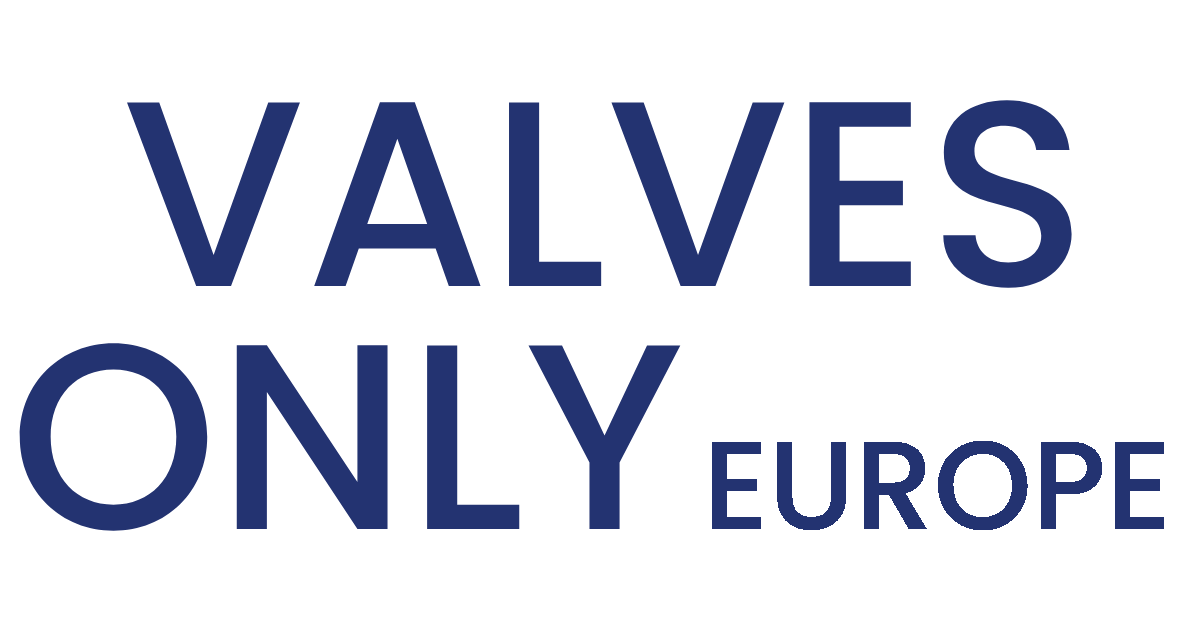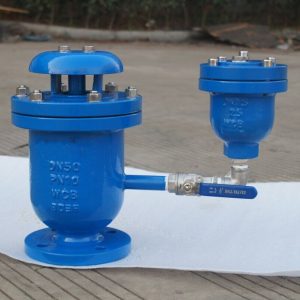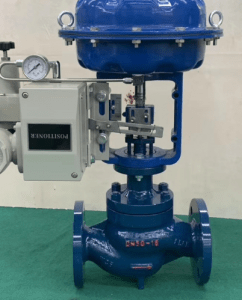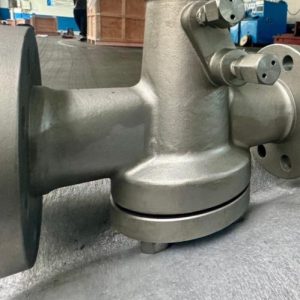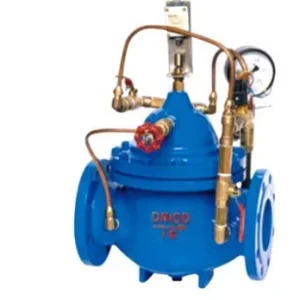Our Shop
Contact us for all your questions and requirements
PRESSURE RELIEF VALVE MANUFACTURERS IN EUROPE
Valvesonly Europe provides high-performance Pressure relief valve manufacturers in Europe, these valves protect systems from overpressure situations and ensure operational safety.
Pressure relief valves in order to maintain a pressure downstream, valves are used to deflect flow as the inlet pressure gets closer to the valve set pressure. The most common kind, known as direct acting, uses a spring’s compression against a piston or diaphragm to keep the valve closed.
The spring will be further compressed as the valve opens to release the pressure through the outlet port or, depending on the design, directly to atmosphere when the input pressure rises above the spring’s set-point. As soon as the inflow pressure falls below the set-point pressure, the valve will close.
How Pressure Relief Valve works?
Pressure relief valves operate on a predetermined parameter, when the pressure within the equipment is higher than the set parameter these valves open by themselves to allow the excess pressure to escape from the valve, pipeline, boiler, and once the pressure reaches the set parameter the valve closes everything safe and in working order. Properly. When the valve is at a standard set point, they close the valve and do not allow fluids or steam to escape.
PRV Installation?
Choose the Appropriate PRV: Choose a valve based on system reliability, flow rate, and pressure range.
Select the Installation Point: Position the valve nearby the equipment it is protecting or in a high-pressure place.
Accurate Orientation: Make sure the valve is oriented correctly by following the manufacturer’s recommendations.
Types of Pressure Relief Valve:
Pilot operated pressure reducing valve
Steam pressure reducing valve
Float control valve
Direct acting pressure reducing valve
Pressure reducing valve
What is Differential pressure relief valve?
A pressure relief valve designed exclusively to react to the pressure variations between two places in a system is called a differential pressure relief valve. The valve sustains the pressure between two established values by opening whenever the pressure differential between the two locations goes beyond a predetermined threshold. Differential pressure relief valves are used in hydraulic systems, operations involving oil and gas, and air conditioning systems.
Industries:
Chemical Industry
Water and Wastewater industry
Petrochemical Industry
Manufacturing Industry
Mining and minerals industry
Power generation
Oil and gas industry
Pulp & Paper industry
Description:
Body Material: Cast Iron, Cast Steel (A216 WCB, WCC, LCB, LCC, WC6, WC9), Ductile Iron, Stainless Steel [ SS316, SS304, SS316L, SS904L, CF8, CF8M, F304, F316, F31L, F51, F3, F55, F91 ]
Class: 150 to 800, PN10 to PN100
Size: DN15 to DN600
Ends: Butt welded, Socket welded, Threaded, Flanged
Pressure relief valve manufacturers in Europe are extensively used in the oil and gas sector, including upstream exploration and production, refining, and distribution operations. They are installed in pipelines, storage tanks, and equipment to protect against overpressure events. To avoid overpressure from destroying equipment, machinery, and pipe networks, pressure relief valves are key components. Through the release of excess pressure from a system automatically, such valves maintain safe and stable operating conditions.
Showing the single result
